Since 2022, the owners of the 76ers have been designing the opulent “76 Place” – an 175,000 square foot arena for the basketball team coming at a price of over one billion dollars.
From the moment that plans for the ‘76 Place’ arena were released, current residents of its proposed location were fiercely expressing their dissent. The reason? That pleasant enclave marked by the Friendship Gate near where the arena is set to sit is Philadelphia’s Chinatown, and it wasn’t always the beacon of community it is today.
When Chinese immigrants fleeing the racist violence of the West Coast arrived in this area during the late nineteenth century, it was Philadelphia’s red-light district.
As the Philadelphia Chinatown Development Corporation points out, “Chinatowns across the United States often sprung up in such areas because parts of the city regarded as dangerous or undesirable were the only places Chinese immigrants would be accepted.”
In response to segregationist restrictions imposed by white Americans on which lines of work Chinese immigrants could enter, the Chinese immigrant population of the 1870s commonly found work by creating independent businesses. Crime and ill-repute plagued the neighborhood until the 1940s.
However, a wave of relaxed restrictions on immigration in the wake of World War Two allowed the people of Chinatown to institute a number of churches and cultural organizations which the Historical Chinatown Development Corporation credits for “improving neighborhood life.”
The efforts of this early influx of immigrants created a safe community amongst undesirable surroundings and laid the foundation for the Chinatown we know today – a place of community and emotional importance for Asian Philadelphians of all ages.
For Priyal Sanathara ‘25, Chinatown was a place to enjoy drinks and Korean skincare with her sister and decompress after a day of work in the city.
Sanathara said, “For AAPI teenagers, Chinatown is the heart of their culture and their community…[it] is a space that was created for them… that’s where a lot of support systems for them are included, that’s where their homes are, that’s where they’re going back to every night, that’s where they’re getting things to eat, that’s where they’re hanging out with their friends.”
Local youth activist Mireya Gutierrez said, “I grew up going to Sunday brunch there a lot with family and my mom always really liked it so I really liked it. My mom grew up in Hong Kong. I got my first job there…first internship…and it’s seen me all the way through high school, and it’s where I felt safe to be a teenager.”
To local activists like Sanathara and Gutierrez, the proposal for 76 Place puts that space of support under threat.
“[The arena] would destroy Chinatown as a whole.” Gutierrez said. “Property prices are gonna go up, rent prices, and then all these people that are renting [or] owning property in Chinatown are gonna get pushed out because they no longer can afford it because of the development that’s coming in.”
76 Place could lead Chinatown residents to be priced-out of the neighborhood resulting in the damage to Chinatown’s bread and butter: small businesses. A report on the arena’s potential community impact revealed that only one quarter of small business owners in Chinatown own their retail properties, making the majority vulnerable to rent hikes.
Potential traffic jams, expected physical roadblocks, and the nuisances of construction exacerbate the arena’s potential threat to small businesses.
“If you can’t get to Chinatown because there’s six years of construction, if you don’t want to get to Chinatown because businesses shut down, then Chinatown dies,” said Mohan Seshadri, executive director of Asian Pacific Islander Political Alliance.
Many proponents of Save Chinatown compare the effects of 76 Place to those of a similar fight against the Capital One arena constructed in the Chinatown of Washington, D.C. nearly thirty years ago.
According to Leah Brooks, a public policy professor at George Washington University, “The development of the arena certainly caused… the departure of Chinese residents.”
Furthermore, director of DC’s Chinatown Service Center Richard Wong cited the arena as responsible for “the gentrification of the community, the lost low-income housing [and] the loss of residential properties’, and the loss of ‘mom-and-pop businesses.”
If the area lost enough of its cultural businesses and religious centers and the Asian residents who run them, in what capacity could it be called “Chinatown”?
In an attempt to address these concerns, 76DevCo promised a twenty-six million dollar investment in Chinatown as part of a Community Benefits Agreement. However, the offer did little to reassure the arena’s opponents.
Gutierrez said, “If they want to invest money in our community, they can do that and not build the arena…Because this is privately funded, you have the money to put all this into our systems, but instead you want to do it through an arena that won’t help anyone except yourself.”
To the same point, “Chinatown is not something that can be protected by a monetary investment,” Seshadri told ‘Waging Nonviolence’ magazine, elaborating; “It’s protected by being a place of welcome and safety and sanctuary for every Asian American community in the greater Philadelphia area.”
Speaking on the vitality of Chinatown, Sanathara said, “For AAPI teenagers… [it’s] where they’re learning about their histories and making their own history.”
As two of such teenagers making their own history, both Gutierrez and Sanathara have an inside look at the experiences and difficulties of teenage activism in Philadelphia.
Gutierrez said, “We noticed that it was difficult to get plugged into the fight… at least as a high schooler,” remembering the beginning of her involvement in the movement. “There weren’t many places to get plugged in, other than having an intensive internship at Asian Americans United which not everyone can do…things like No Arena in Chinatown Solidarity Group didn’t exist, so there wasn’t a way to volunteer your time to it.”
Gutierrez filled this gap by creating SASA (Students Against Sixers Arena), an anti-arena youth activism organization open to all high schoolers and college students within the Philadelphia area, and partially inspired by Yellow Seeds, the youth-led zine that decried gentrification in Philadelphia’s Chinatown in the 1970s.
Since its birth, SASA has built connections with several other local grassroots organizations, such as the Latine immigrant rights organization Juntos, North Chinatown’s Ginger Arts Center, and our very own school’s Asian coalition. As co-clerk of Asian Coalition, Sanathara invited SASA to table at the Night Market the club organized in the spring of 2023.
“That was the start of Asian Coalition’s relationship with SASA – but I’ve had a relationship with a lot of the people leading SASA for a pretty long time,” Sanathara said.
As communities of teenagers, these youth activist organizations have a strong social component. “We’re all friends.” Gutierrez said, describing the social scene at SASA. “We hang out. But we also, like, ‘work hard, play hard’ kind of thing, like we definitely get on it when we’re in meeting mode.”
The Night Market organized by Sanathara and Asian Coalition was just one of many similar events that SASA has held or participated in to raise awareness for Chinatown.
“We’ve been tabling every Saturday recently in Chinatown, asking for signatures on the petition or asking people to call their council member.” Gutierrez shared, describing SASA’s recent efforts. “Other than that, …we have events that don’t necessarily directly protest the arena, but we have teach-ins about the arena and general Asian American history in Philly and different advocacy things that we’ve learned through AAU that we wanna share.”
Gutierrez affirmed the importance of teenage activists to the movement.
Gutierrez said, “It’s been helpful that we have a lot of teenagers in the coalition simply because of social media, a lot of us manage the social media, and that helps get the word out. I think one thing teenagers are allowed to do is get angry, and I think we definitely do that, and I think that’s a really important role in movements like these that are all about zoning and a lot of legal things…just showing the emotional side of it.”
The experience which both Sanathara and Gutierrez have accumulated in the realm of teenage activism has taught them its unique challenges. Sanathara cites high school obligations as one of these challenges.
Santhara said, “In the summer I had free time, but now, you know, you’re at school eight hours a day. I have after-school activities and now I can’t be as involved as I’d like to be.”
Gutierrez brought up the lack of legal rights for minors, saying; “It’s often feeling like we don’t have the power to do something ‘cause we can’t vote, [and] we don’t have money.”
On top of the logistical aspects of time and legal rights, both Sanathara and Gutierrez mentioned condescension as a major deterrent for teenage activists.
Gutierrez elaborated on the hoops young people have to jump through in an attempt to gain the respect they are denied.
Gutierrez said one challenge is, “…having to navigate ‘how do I say these things’ because we know that we’re young and some people might not listen to us – we always have to be at our best and use our fanciest words…to be heard. Because we’re young a lot of people don’t listen to us – I think that’s been the most frustrating part for a lot of us.”
Santhara said “Kids aren’t very much respected…even though kids – or teens – play such a huge part in this movement.”
Perhaps one reason that young activists are able to expose the emotional side of movements like these is because, for them, these movements are deeply personal.
“For the No Arena movement, it’s a lot of people who care who are coming out,” Sanathara said. “It’s made up of people who are volunteering their time and their brain space.”
For Sanathara and many others, the amount of “brain space” required of activists is also one of the challenges of participating in a movement. She described that facing sudden setbacks after putting in huge amounts of work takes a toll on mental health, sometimes leading to a “nihilistic way of thinking.”
One such setback was Mayor Parker’s September 18 announcement that she would endorse the arena.
In her public statement, Parker said “I wholeheartedly believe this is the right deal for the people of Philadelphia…It is the best financial deal ever entered into by a Philadelphia mayor for a local sports arena.”
Parker went on to defend her decision by mentioning the seven hundred million dollars of tax revenue the arena is expected to raise for the city and the potential that money has to revitalize Philadelphia’s school district.
In response, Gutierrez said, “It feels short-sighted, very much…like talking about ‘the biggest investment that we’re putting in this city by a mayor’ when so many other things are still underfunded…We know that these systems should be invested in, but these systems being invested in shouldn’t come at the cost of an entire community.”
As the arena needs a majority approval from city council to be approved for construction, Parker’s endorsement is not the last straw. Still, it was “a little shake,” in the words of Sanathara.
Gutierrez said, “It’s disappointing,” Gutierrez said, “[but] not surprising.”
Sanathara said, “I’m the kind of person who hopes for the best but forgets to expect the worst… It was crazy cause just a few months ago I was talking to colleagues and I was talking to friends and I was like: ‘The arena movement is really picking up. It’s picking up!’ and it was looking great and it felt healthy and we were all working at something bigger than ourselves – and it still feels that way, but it felt like we were making real progress…and then there was this blow.”
Yet, like Sanathara, the movement is “taking the punch and rolling with it.” Just hours after Parker announced her endorsement, protesters flooded city hall. Gutierrez was one of them.
Sanathara said, “…We got 800 people to show up last minute…The line to get into the convention center was two blocks long and people were still waiting to get in…We packed two or three rooms in the convention center.”
Gutierrez said that this rally is the memory of activism of which she feels the most proud.
“I was really impressed by that. I was like ‘dang, we got this many people’… [I was] really proud that our community showed up and we had less than 24 hr notice so people sacrificed their evenings for that and it meant a lot.”
In the wake of Parker’s decision, the movement is shifting its focus to city council – which Sanathara describes as “the only thing” standing against the arena “at this point.”
“Calling a council member is the number one thing, and even calling the ones that have already opposed the arena and saying ‘thank you’ is really important to us,” Gutierrez said. “Mainly calling Mark Squilla, who’s the councilmember of district one, which is Chinatown and the area where the proposed arena site is in.”
Squilla is one of thirteen council members who have yet to publicly take a definitive stance on the proposal for 76 Place.
Of the other four who have published their opinions, three oppose the arena. The legislature which, if passed, would lead to the arena’s construction to be reviewed by the city council on October 24th.
Sanathara said, “I know what [Parker] said, and I know what I can do, and what I can control, and in what I can control, I am supporting the movement – and by supporting the movement, I am helping us move and make up the ground that we lost. I think that’s a testament to the strength of my community and I think that’s a testament to the strength of people in Philly – we’re a city of grit. And we’re not gonna take Mayor Parker’s crap.”
Currently, Sanathara is collaborating with Asian Coalition to organize a ‘phone-a-thon’ session of calling city council members as her next action towards preventing the arena.
Sanathara said, “With a campaign that you’re organizing like this, there’s always the aspect that you could lose, and what happens if you lose? And it’s not saying that we will lose but this is a David and Goliath situation for us.”
Yet, as Sanathara promised, SASA and the movement it stands for is not giving up. After all, “David does win against Goliath.”
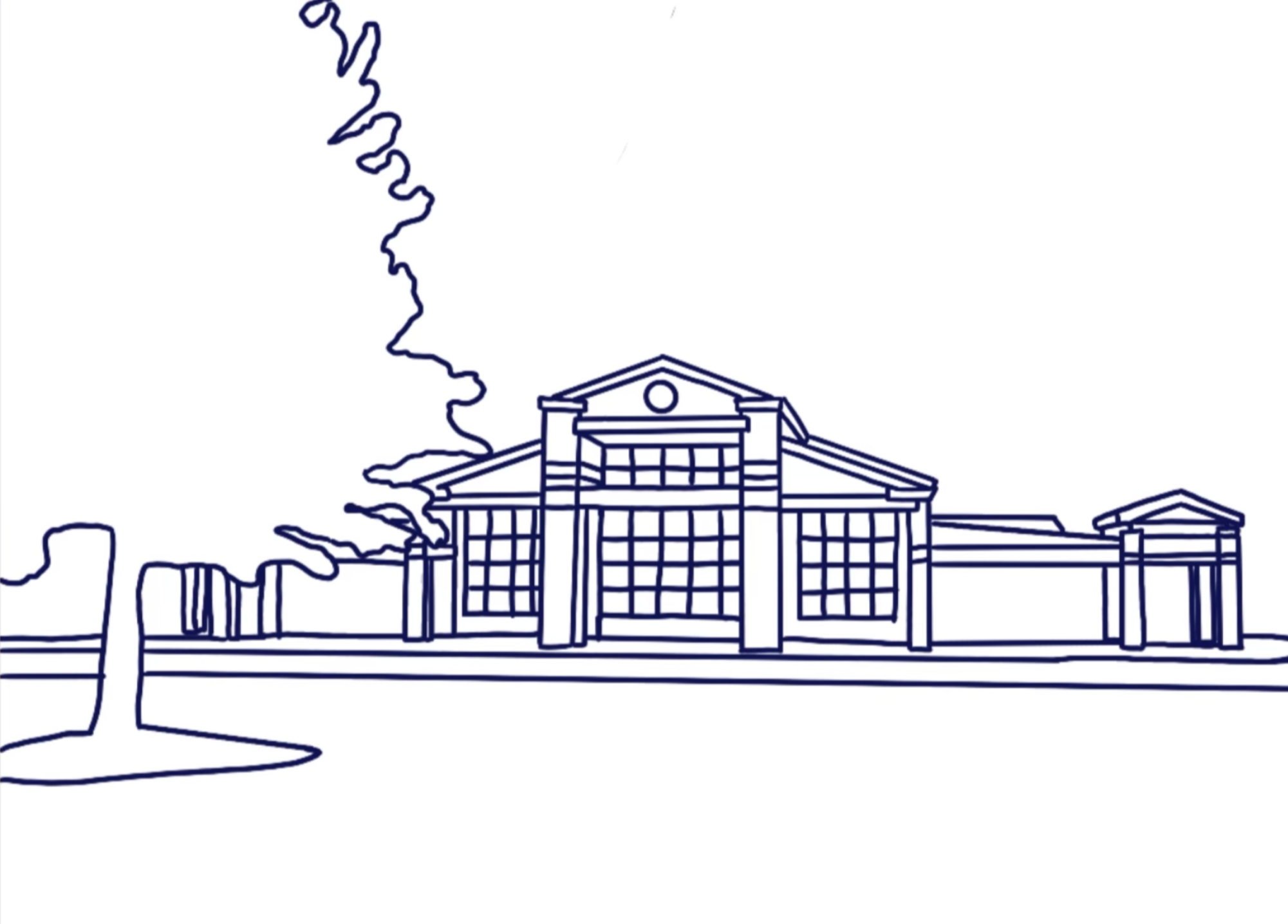









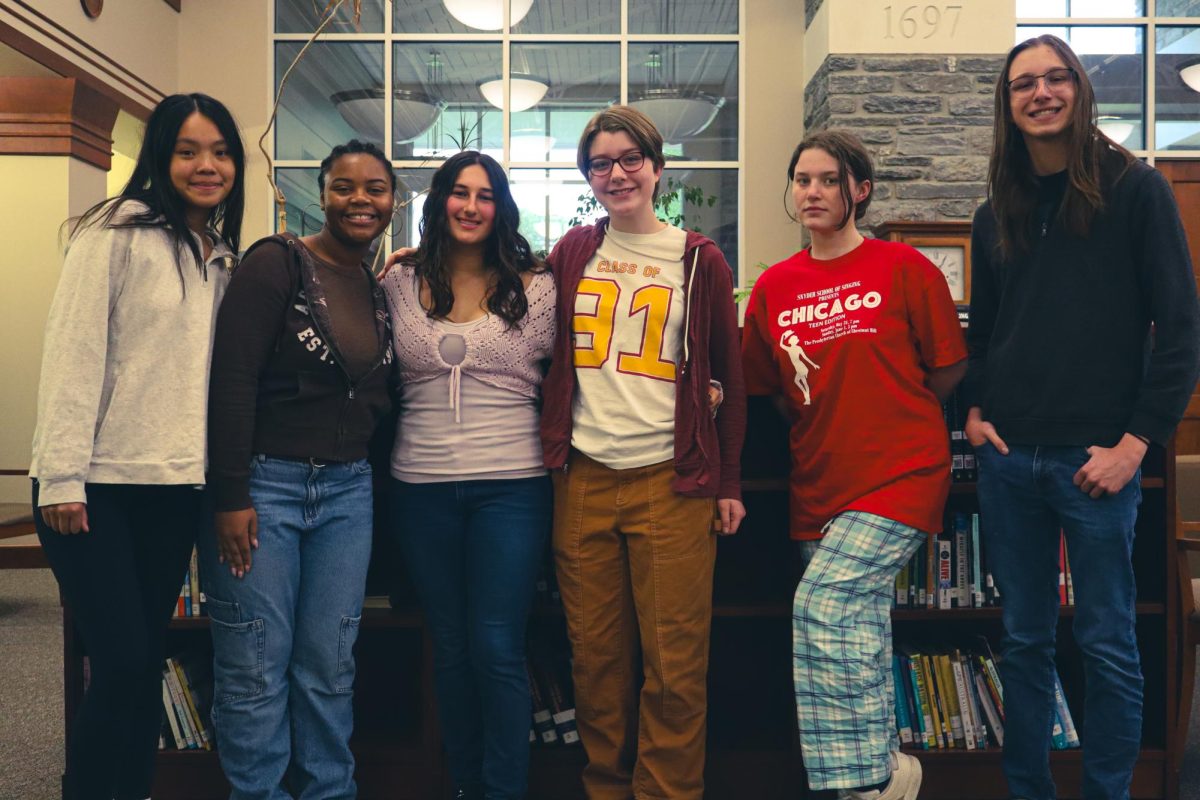


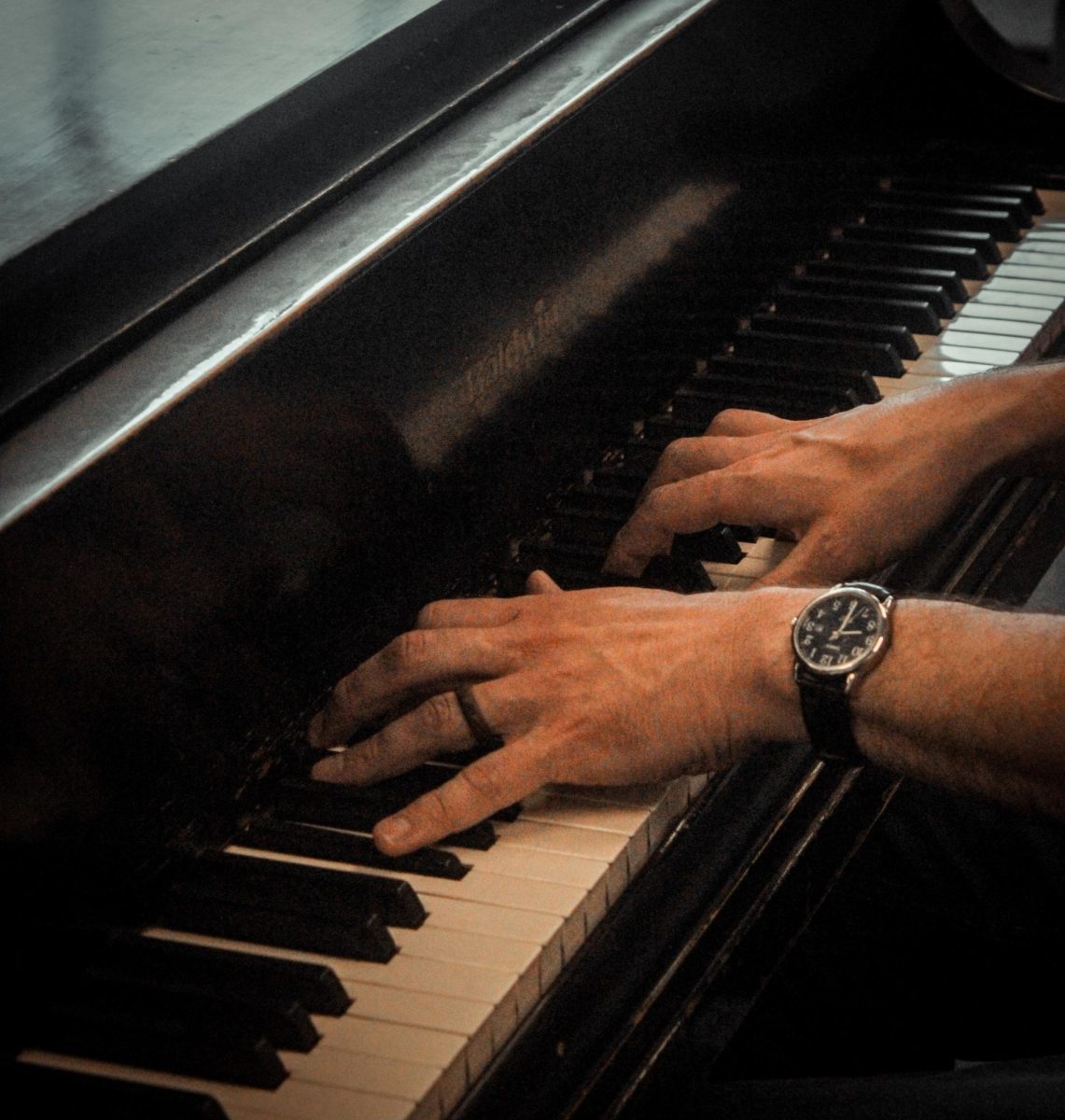
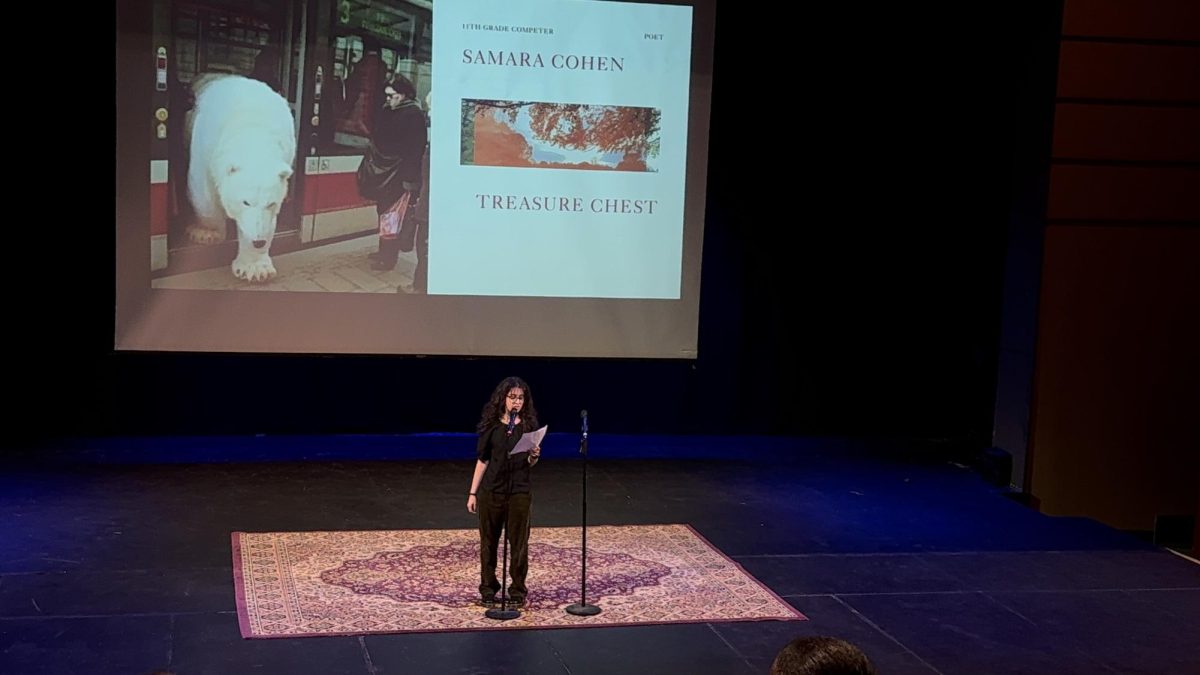


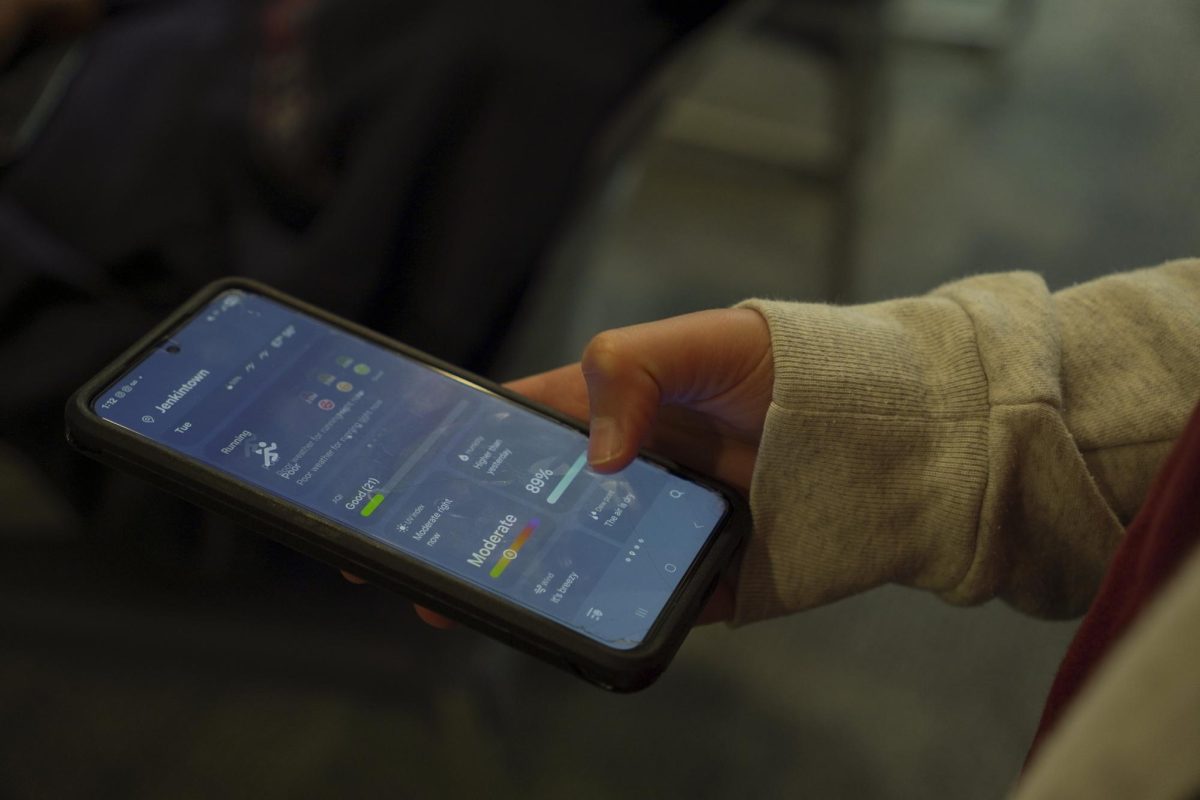

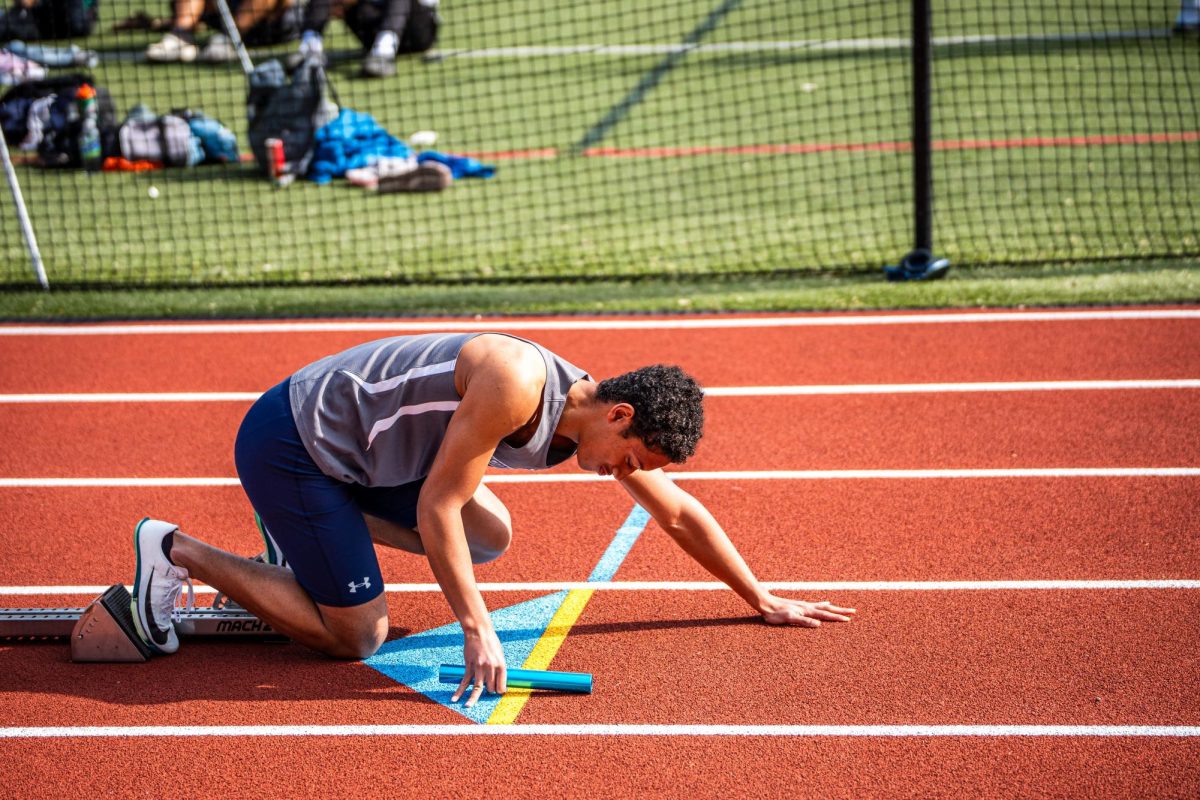
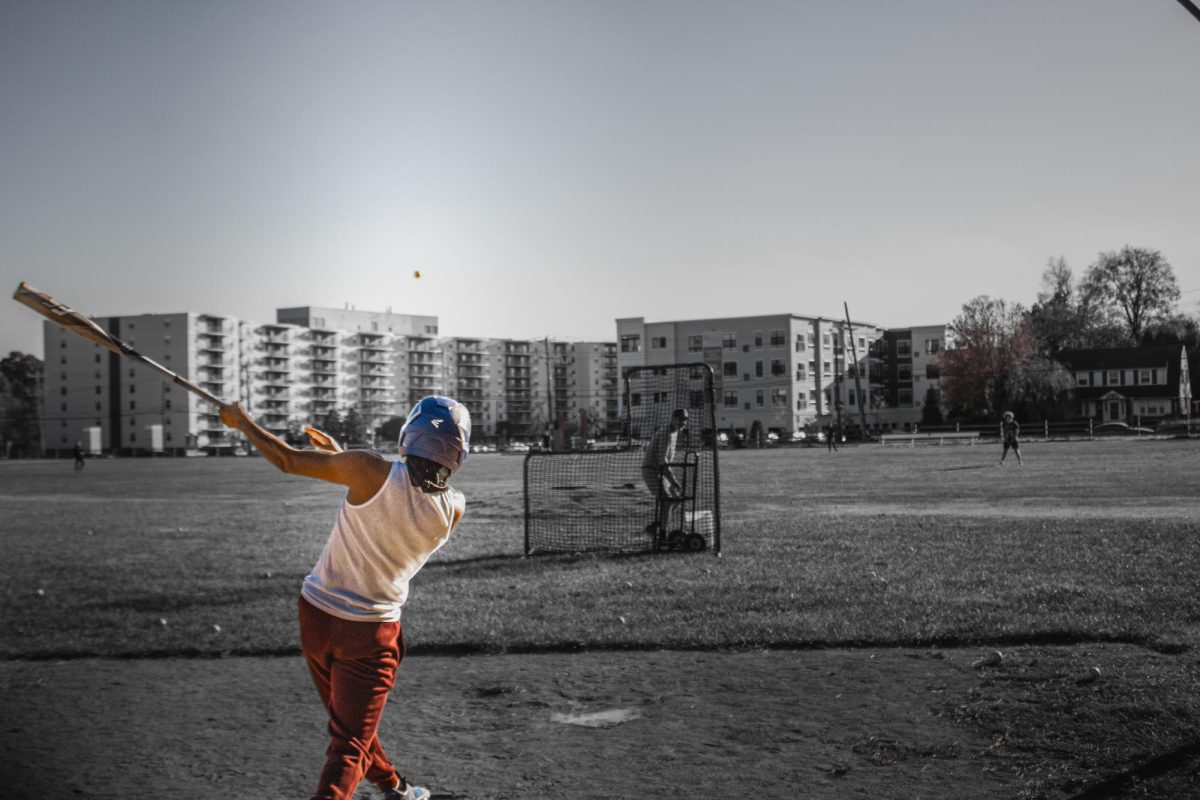

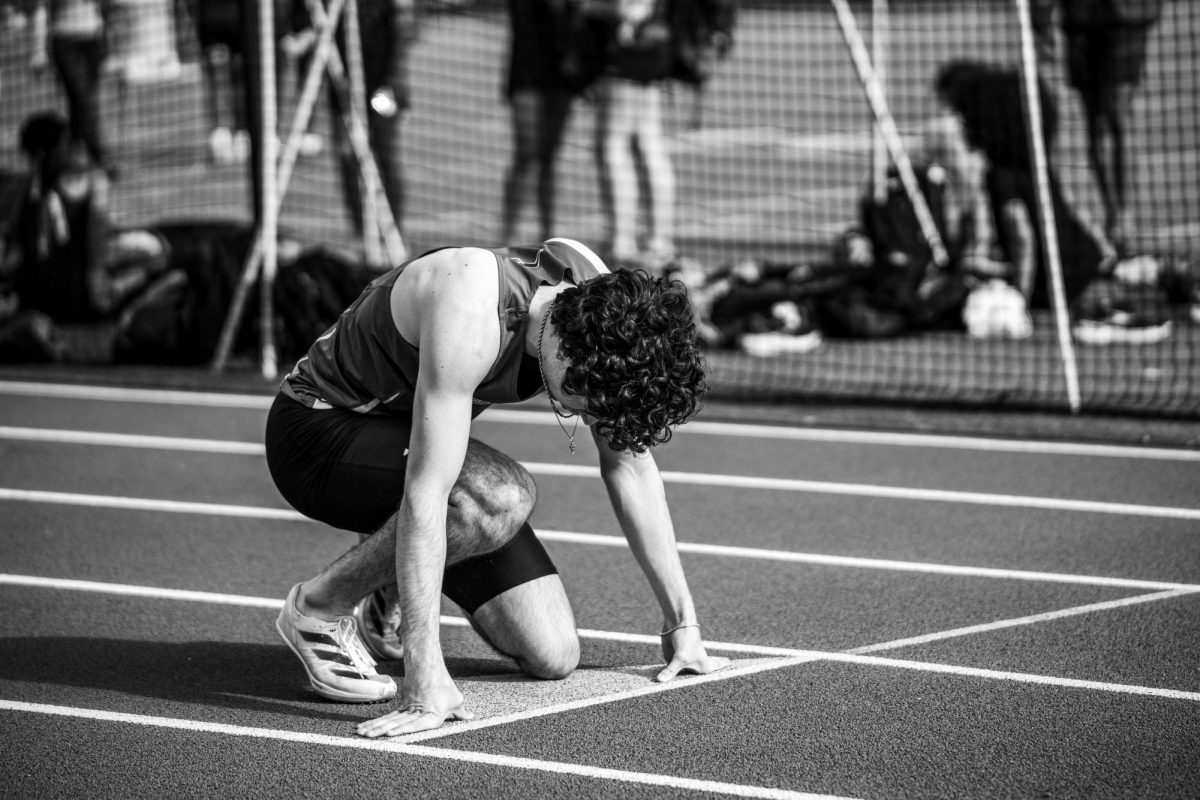
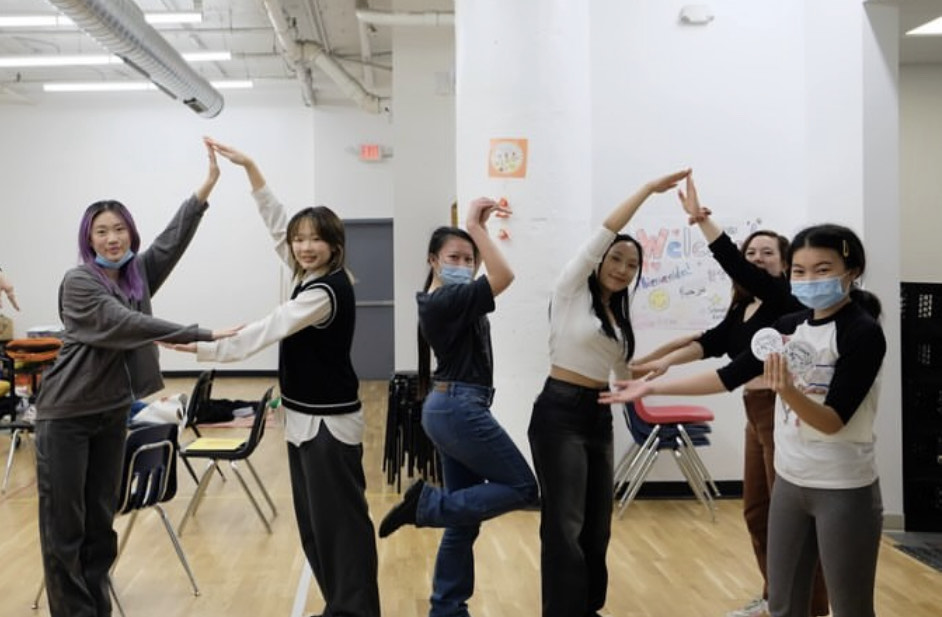

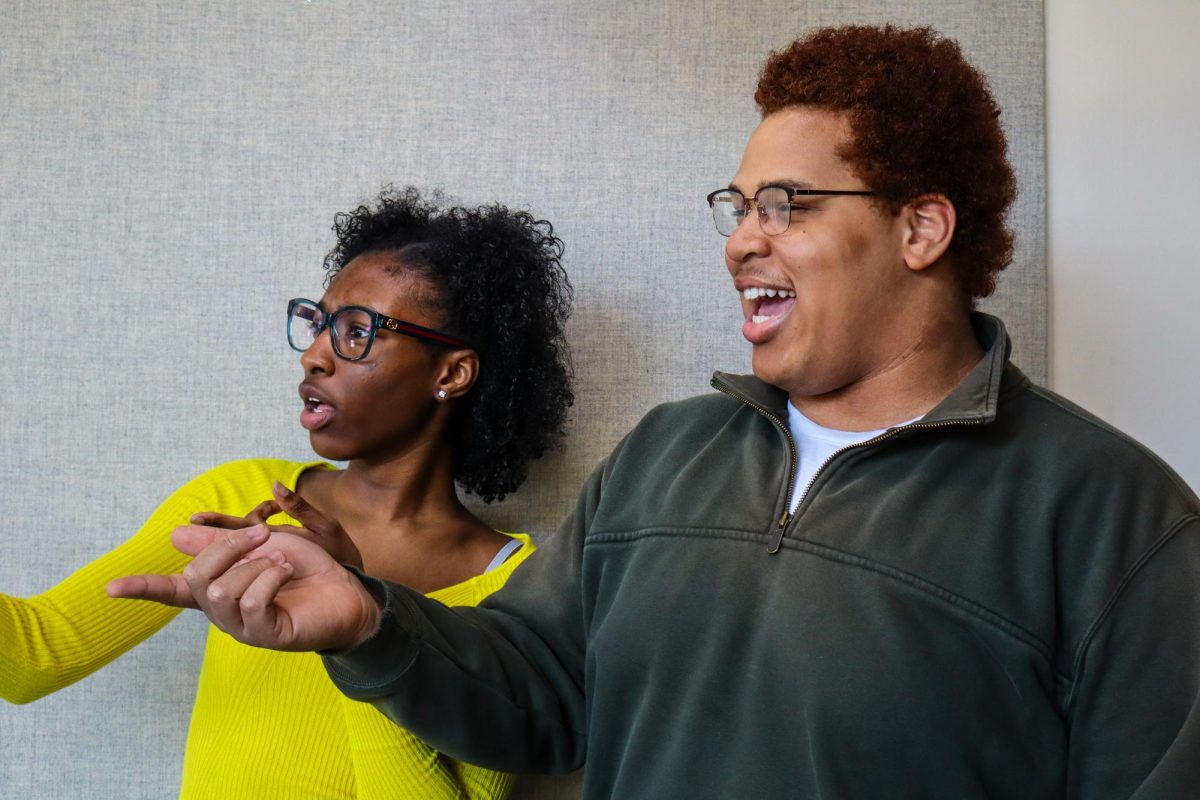

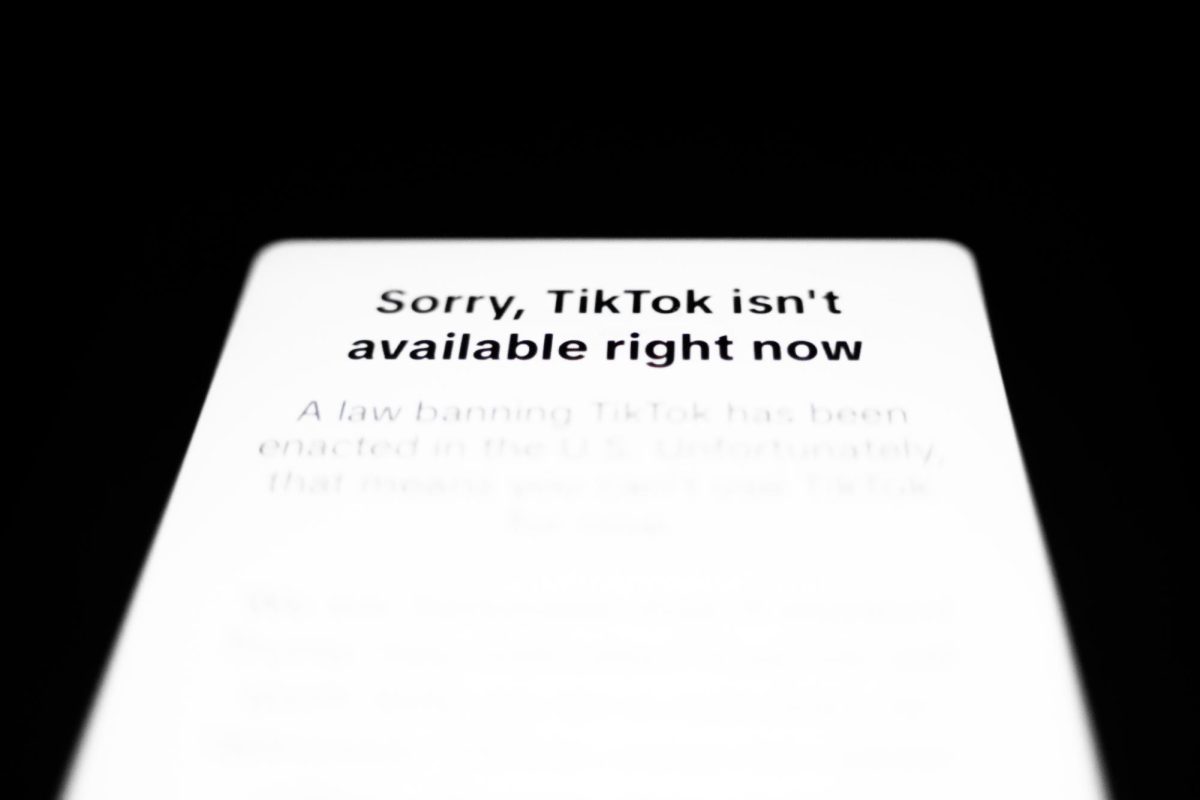
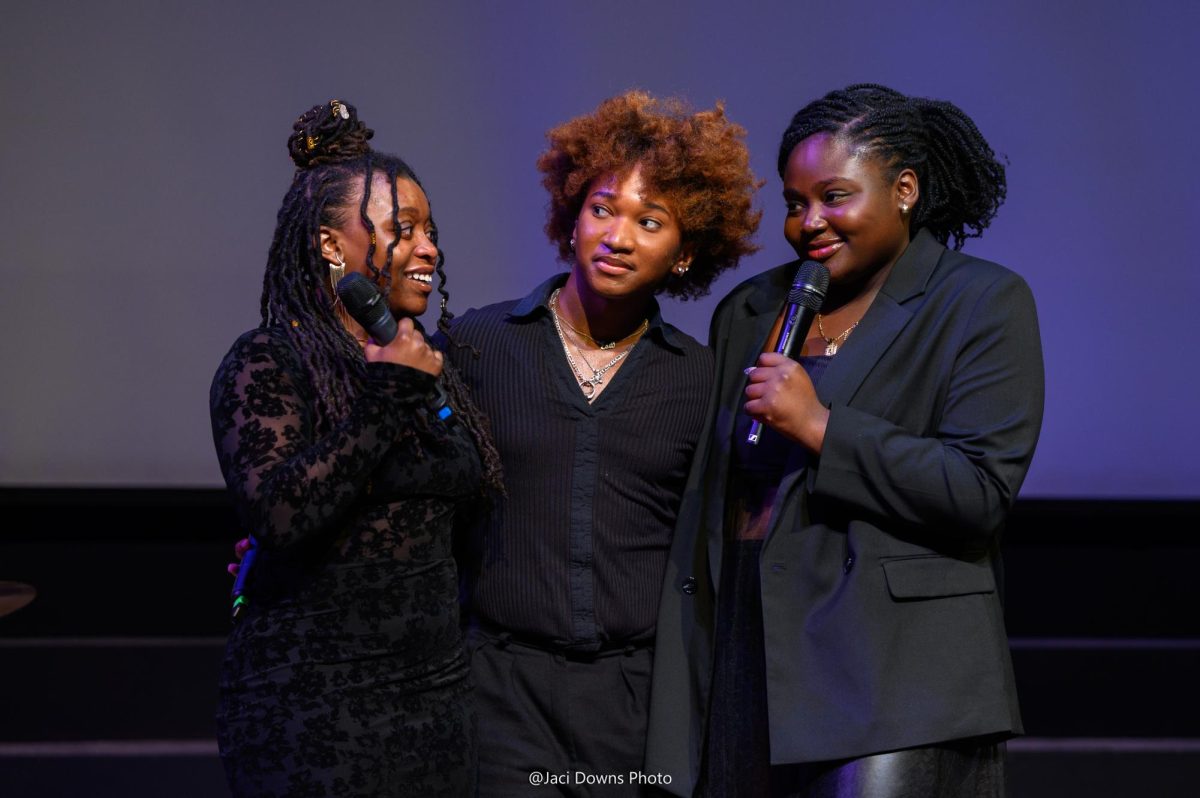

Logan • Oct 30, 2024 at 10:40 am
I agree with the perspectives quoted in the article because I feel that Chinatown means a lot to, not only the people living there, it gives the people outside the community a way to connect with other people. This gives people a way to connect with their culture, foods, authentic clothing…etc. The 76ers already have an arena and the arena probably won’t be used everyday but the people who live in and have businesses in Chinatown need that space to live. I believe the 76ers arena taking the place of Chinatown isn’t the greatest idea, they could put the new mega-arena anywhere else but they decide to get rid of Chinatown for an arena and that honestly seems insulting. People want to get rid of these businesses, houses, people’s livelihoods, and a place of cultural significance because they want a mega-arena to sit there instead. I believe that money should go to something to help Chinatown thrive instead, they could put more money into the businesses there or fix up some of the buildings there too. I’m super proud of the students that are taking a stand for Chinatown and I hope that SASA becomes a bigger organization that makes sure that Chinatown stays for years to come.
Cole Rodgers • Oct 30, 2024 at 8:38 am
I like China town. I have had important memories there, a lot of firsts and a lot of lasts. I’ve gotten food poisoning from some street vendor and consequently sat on some random Chinese family’s toilet for a couple of hours (and they let me do that witch was incredibly nice). they fed my friends while they were waiting for me and even drew up a detailed map of places not to eat is your not Asian. I have so many other life altering experiences the happened only because China town exists, and it is for these reason that i don’t want a statue in China town. and also a stadium in China town would suck in general. the roads there are in credibly narrow and get blocked up on normal days without all the thousands of people trying to get to a stadium.
Zane • Oct 30, 2024 at 7:44 am
I support this article’s view as a Chinese person and loves basketball myself. I understand how the stadium could potentially ruin or kill the China town. I have been to Chinatown many times myself and it is the only place where I could enjoy Chinese food and hangout with Chinese people. This is also a place where me and many other Chinese can feel home again from the environment and food, making it further valuable. They protest against the court is also worth it and it was also for thousands of Chinese who live there. I am also against the fact that they would try and take money and profit over an important community with love.
Alana • Oct 17, 2024 at 8:32 am
I agree with this article, and I think everything that the students are doing to fight against this arena is phenomenal. The Chinatown area needs to stop, and it will significantly affect the residents and community in Chinatown. Chinatown has always been a special spot for me and my family, and the place where we would all meet up to celebrate birthdays, and holidays, and just to have fun. Chinatown is one of the few places around me that make me feel heard, and where I feel like I truly belong. I think about all of the immigrants who are and Chinatown, and I think of my grandparents and the few places where they can really navigate because they don’t speak English. Without the exciting and alive streets of Chinatown, they are going to be limited to places where they can feel at home again. As a basketball player, I can see why people would want the arena, and how exciting it is for the Sixers to have their own designated home. But, as an Asian American, it is sickening because I have so much empathy for my community and the residents, and as a human, I am disgusted by how people value money over love and community.
Nevaeh • Oct 16, 2024 at 7:36 am
I agree with the perspectives quoted in this article. I especially agree with the woman who said, “It’s protected by being a place of welcome and safety and sanctuary for every Asian American community in the greater Philadelphia area.” That’s how I feel about all the cultural neighborhoods in Philly. I’ve spent time in Chinatown, and it is a cultural bliss for AAPIs. I think in this country, but in our city more specifically we need to put more of an emphasis on preservation of spaces. There are certain spaces where each kind of person can say this is “for us, by us” and Chinatown is like that for AAPIs. There are so many other places where an arena can be built, not to mention they already took out some of Chinatown when they created the fashion district. It just seems like a bad idea for everyone.